

In our series Iconic Buildings, we speak to people who live or work in buildings of architectural significance. Is their exposure to an architectural wonder on a daily basis a source of inspiration or simply part of the backdrop?
In this feature, we spoke to Nick Kay who is Workforce Development Officer and Conservation Assistant at the Royal Pavilion in Brighton.
How long have you been working at the Royal Pavilion?
I have been working here since 2003.
Did you know of the Pavilion beforehand?
I did not, and all the visits I had made to Brighton I passed through the gardens, seen the building, and never really questioned it or what it was.
I was intrigued by it but I think it’s difficult to place as a building and its historical period. It doesn’t look like anything from the 1820’s. If you see a neoclassical building you immediately associate it with a certain time period - this clearly doesn’t feel Georgian and it doesn’t feel Victorian.
it feels like walking into a film set
I just ended up working here. Initially, just in the gardens one summer through an agency–it was just an opportunity to work outside. Even then I hadn’t really got into the building. Then, in 2003, I started working inside and immediately I was shocked, you step into this building away from Brighton, this busy seaside town, I wasn’t quite overwhelmed but it is not what you expect - it feels like walking into a film set or something you are definitely taken aback.
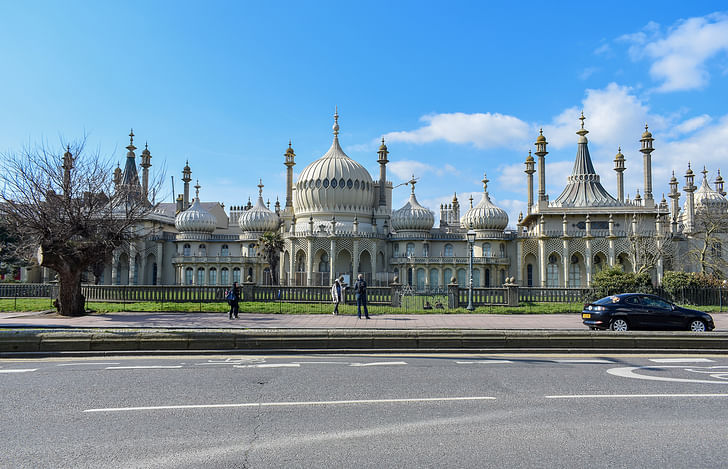

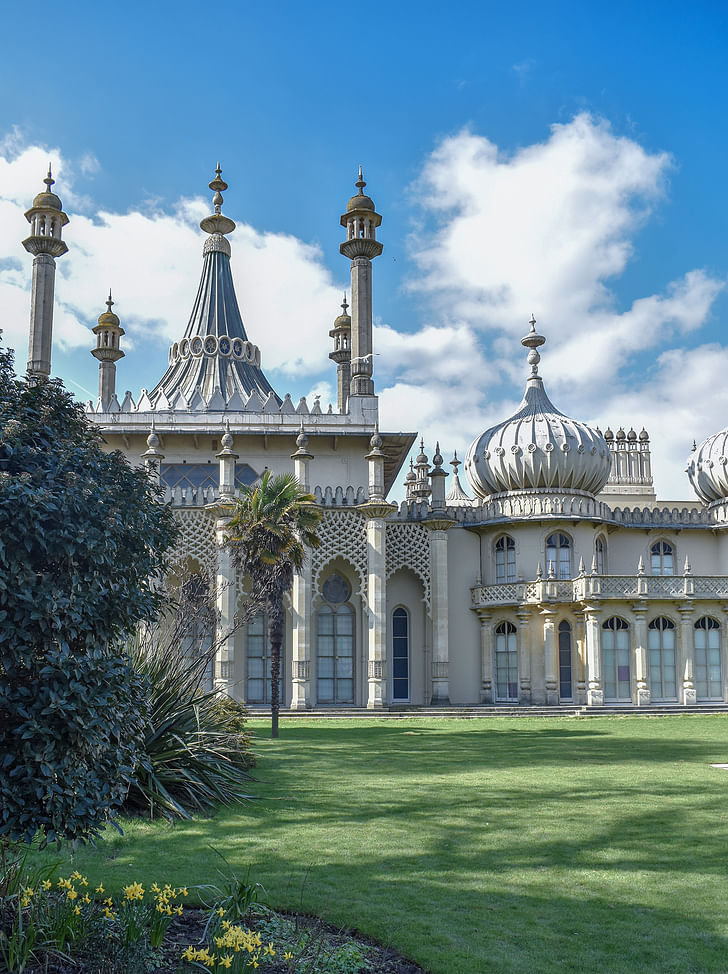
What do you like most about the Pavilion? Are they any particular architectural features you enjoy?
I like its eccentricity and oddness and the fact that it’s difficult to place. I like the playfulness of the interiors. The more you learn about it, the more you realize it has hidden depths - the use of symmetry and illusion, for example, in the decoration and wallpaper. The use of mirrors in wide open spaces, that face each other, create reflections that go on and on. There was definitely a lot of thought gone into it.
You almost have to spend years of your life here to pick up on the huge amount of detail.
You look at the small details and you think you’ve seen them, understood them, but actually, after years of seeing it, you always discover new things. The public isn’t ever going to see that even on repeated visits. There wouldn’t be enough time. You almost have to spend years of your life here to pick up on the huge amount of detail. There are certain objects and details you aren’t able to see, they are put there because of the designer commitment to make it as complex and detailed as possible. You notice it numerically as well, visually, that things repeat themselves, columns, for example, the same numbers are always used in different rooms that have no connection. There is very much a grand scheme to the whole building. If you are working here you are given a privileged opportunity to learn about that.
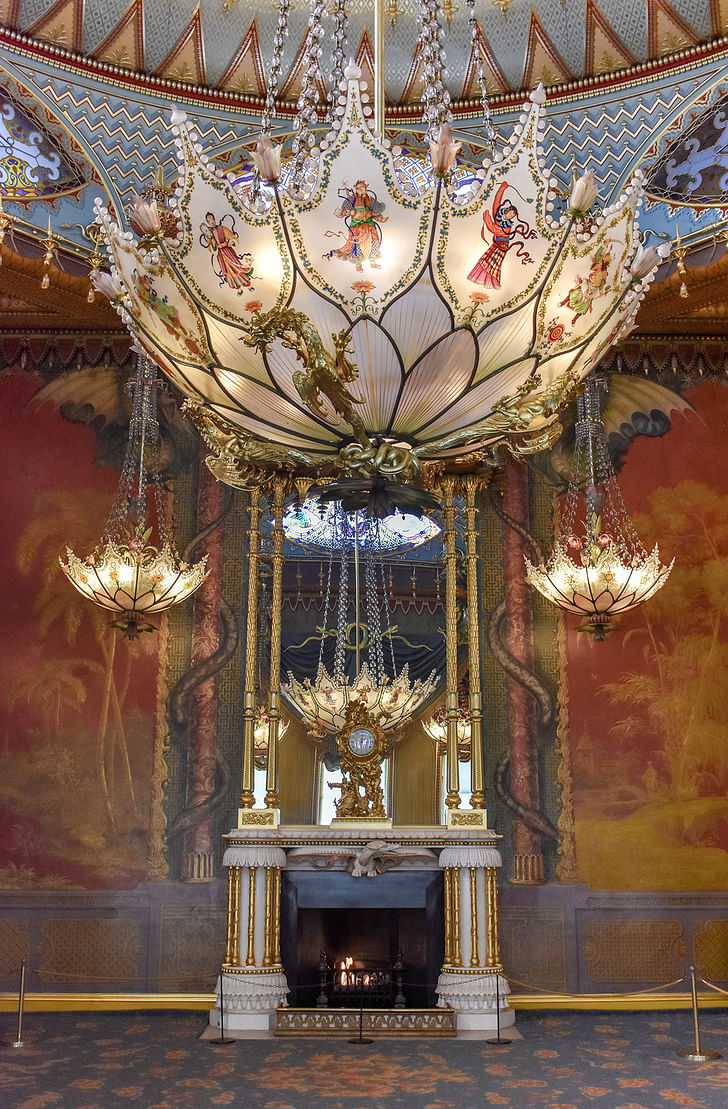

I think for many people it is iconic, particularly locally. I think it is really important to the fabric of Brighton, historic in shaping Brighton. Not many people actually consider the historical background though, so I think it has a more contemporary meaning as well, but I think that is more difficult to pin down.
It still represents the pleasure palace that it was designed as...
The gardens form a centralized hub for Brighton, a small oasis within the center of Brighton that people can meet. Even without stepping into the building it’s got that value. There are Brightonians who have a sense of ownership towards it. It also plays into that idea of Brighton as a party town. There a community of people like me that aren’t from Brighton, and that is what makes Brighton what it is, from this small fishing village to this short hop from London, to be by the sea and have fun. One of the first major visitors was King George and he turned it into that. It still represents the pleasure palace that it was designed as and therefore the essence of Brighton.
Are there regulars to the Pavilion?
Yes, definitely. The biggest group is the foundation members. It is always nice to hear stories of people who spent their childhood here or visited a long time ago. In the sixties, it had a light shone on it to change its color and some people come now and are convinced it used to be a different color and has been painted! They have these half-shaped memories from their childhood from so many decades ago. It is quite unexpected to them, not at all how they remember it.
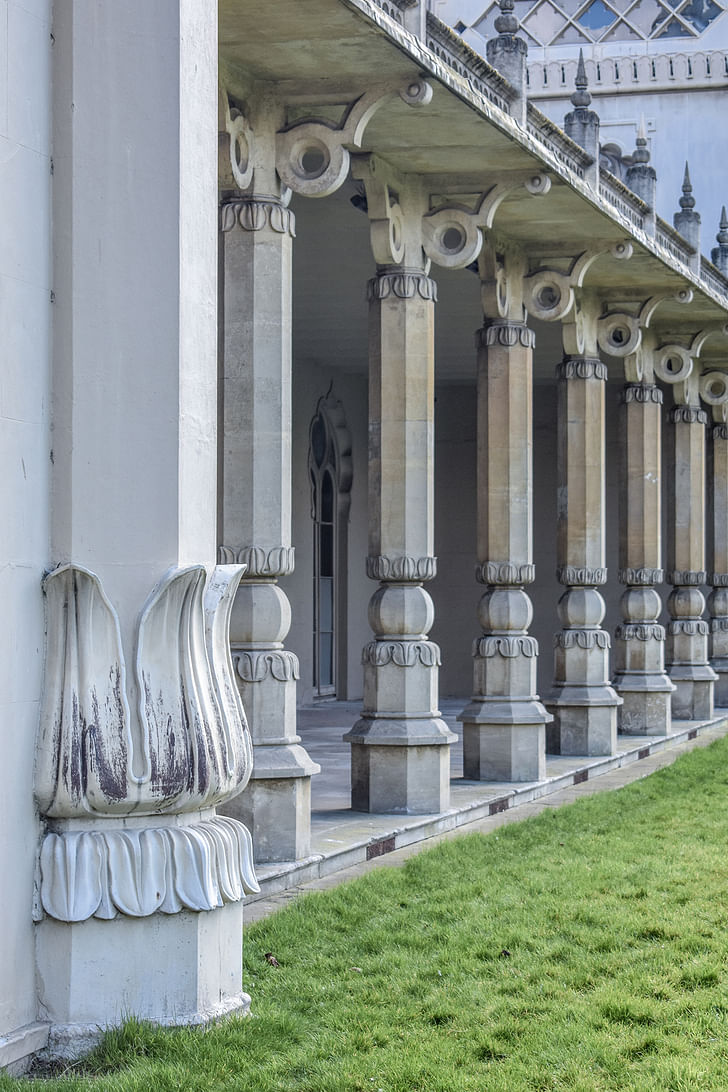
What are some of the changes you have seen during your time working here?
Essentially the rooms haven’t changed an awful lot. The biggest change is the focus on other areas of the building behind the scenes... the people who actually lived here, especially the 50 years after George owned the building. You can now take members of the public down into the tunnels. Unfortunately, we cannot take the public into the bottle due to health and safety, but the walls are covered in graffiti from generations of people who lived and worked here. It is very damaged, unfortunately, but it is fascinating. People from the 1940’s who were here during the war have written on it about their experiences, there is a diagram from the first world war of a battleship that was stationed here. It is a little capsule of history. It goes all the way back to the 19th century, as the wallpaper starts to peel back there are layers and layers of stories all the way up the walls.
Do you have a favorite lunch spot?
The gardens, for me. Or, occasionally on the balcony, there is a wonderful view. There are certain people who come just to sit on the balcony.
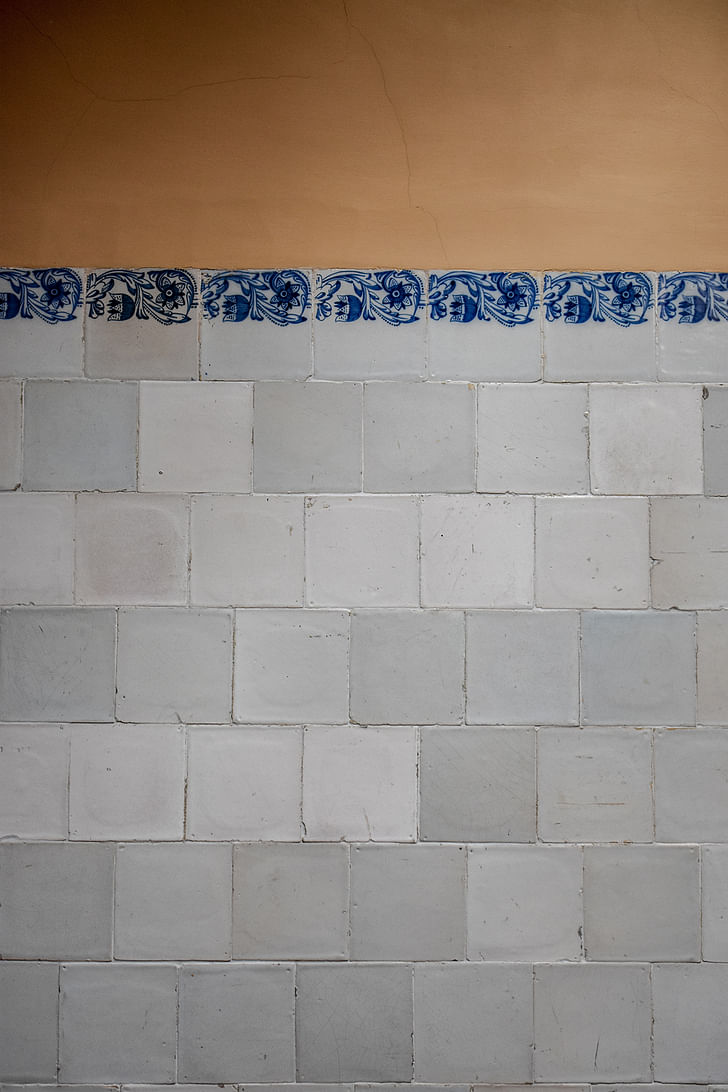

Favorite season?
The spring, for Brighton and the Pavilion. You see everything start to emerge again and people start to come out more, everything feels like it’s coming back to life.
There is something nice about winter, it is not my favorite time of year but it is wonderful when we start to light the gas fires. You see a different side to the building. It is fortunate there is lots of colored glass within the building and the light within changes hourly.
How does the building affect your job on a day to day basis?
Part of my job is to work on conservation. So that its inflection but also the walls and interiors. It is an important part of my role to always keep an eye on the building and its wear and tear.
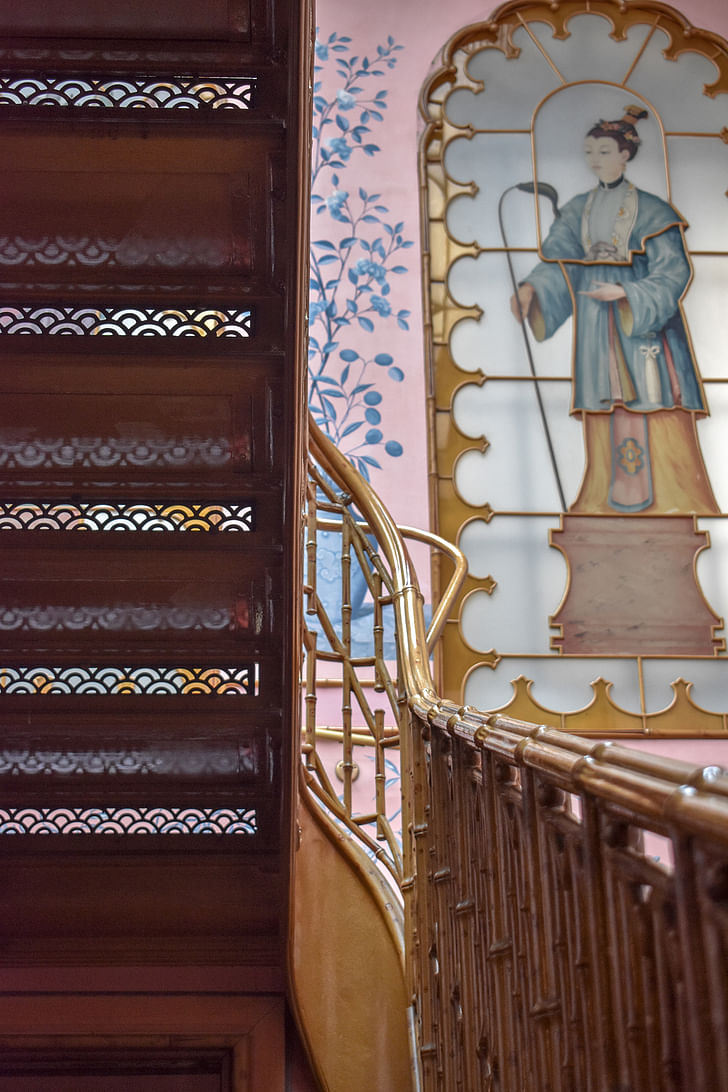
What makes your job difficult?
It is over 200 years old and I don’t think it was intended to be here this long
Like everyone, the fact that it is crumbling, always crumbling. It is over 200 years old and I don’t think it was intended to be here this long. The brilliance of the design is this iron, almost birdcage-like structure that supports it. Though it is not that resilient to the elements. It is frustrating walking around it knowing how much work it takes to restore it and then to see it deteriorate so quickly again, it is a never-ending cycle. It is constantly exposed to the sea air and takes such a hammering and that is never going to go away. To keep a building together that should have crumbled by now is a never-ending task!
If you left what would you miss the most?
The feeling that you are right at the center of things. I don’t think Brighton as a town has a natural heart, because of its geography and growth that never really happened here so I suppose by default the Pavilion is. It is possibly the reason Brighton expanded like it did as well as its closeness to London. Visually, when people come into the town, the pavilion is one of the first things they see and has become a symbol of the city.
Ellen Hancock studied Fine Art and History of Art at The University of Leeds and Sculpture at Mimar Sinan Fine Arts University in Istanbul.Now based in London she has a keen interest in travel, literature, interactive art and social architecture.
No Comments
Block this user
Are you sure you want to block this user and hide all related comments throughout the site?
Archinect
This is your first comment on Archinect. Your comment will be visible once approved.